19 September 2012
Still groggy from the overnight train, my eyes widened as the tuk-tuk driver swerved to avoid a decoratively clad elephant. Painted in bright colors and draped in red cloth, the pachyderm was lumbering right down the center of the dirt road. I know I’m in Rajasthan, the land of desert fortresses, bustling bazaars, colorful turbans, and imposing mustaches. I’ve just arrived in Jodhpur. The streets are narrow and I continued on foot up the side alleys towards the fort that towers above the city. The buildings are all painted blue – brahmin blue, and they seem to glow in the ethereal diffused light cast down by a harsh desert sun and filtered through layers of sandy atmosphere. I followed painted signs and assured finger-pointings of the men on the streets, strolling by an enormous pile of trash, side-stepping the occasional piles of cow shit, and eventually making my way to Singhvi Haveli.
Paintings and carpets adorned the walls and floors and there are fans and padded cushions everywhere. Havelis are large traditional family home complexes. They often have a courtyard, an open air covered area, multiple floors, and lavish decorations. Ground pillows, draping fabrics, and burning incense. The Singhvi Haveli is no exception to the rule and I was thrilled when my hosts were able to find a room for me. I spent a couple of hours relaxing, taking my breakfast on the pillowed floor. But the fort up the hill towered above me and I couldn’t ignore it for much longer – it must be explored.
Mehrangarh looms above the bustling blue city of Jodhpur, a relic of the old Raj’s that once ruled Rajasthan. The enormous fort rises up, carved from the red sandstone cliffs that comprise its foundation. A cobble-stoned pathway zigs and zags up the hill, through three different defensive anti-elephant spiked gates before entering the fort. Mehrangarh bustles with Indian domestic tourism – red and gold saris – white kurtas, and bright turbans. The walkways inside the fort are full of street performers, singing and playing flutes and stringed Rajasthani instruments. As I stopped to photograph the performers I couldn’t help but notice that the eyes of the swelling crowd were not on the musicians. They were fixed on me – my every move. Curiously they followed the movements of my hands as I attached my microphone, lens, and brought the scene into focus. Walking along the perimeter walls of the fort I encountered ancient canons guarded by a man in military garb sporting a truly grandiose mustache. Below the walls, the blue city of Jodhpur extends to the horizon. Moving along the wall I followed my ears to the ringing bells of a temple. Here there is an ever-burning fire and people are ringing the bell as they enter to make puja.
The walls are lined with canon, and the palace is ornate. Royal rooms gilded in gold and tapestries show where the maharajahs once went about their royal business. As I rounded one corner I was swept into a dimly lit, clean room with a single musician. His family used to play for the maharajahs. Now he has toured the world playing santoor and is attempting to increase awareness and appreciation for traditional music. He played a couple short ragas on his santoor and when I expressed my interest and bought his CD he invited me to a private playing at his house that night.
His brother, uncle, son, and nephew took turns playing ragas on santoor, sarongi, and tabla. I think part of the reason he invited us was to inspire and show the children that people are interested in the traditional music of their region. His daughter gave me a rose and two dandelions, which I placed between the pages of my journal.
I spent the next day walking through Sardar Bazaar and drinking lassi and getting a nice shave. Afterwards I made my way back to the haveli, getting lost in the maze of blue alleyways.

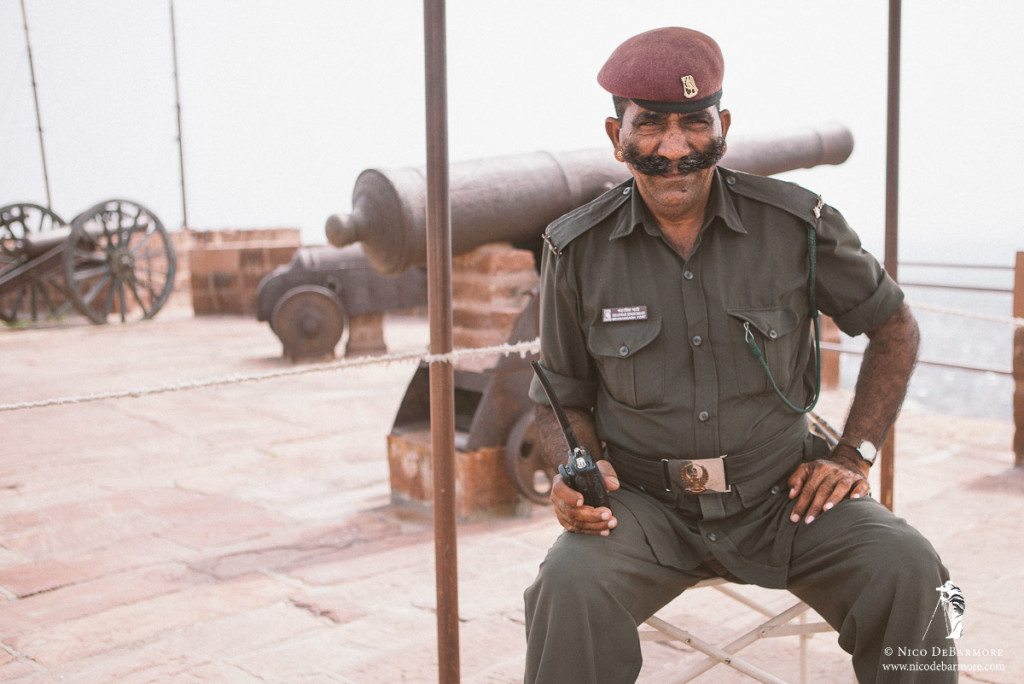
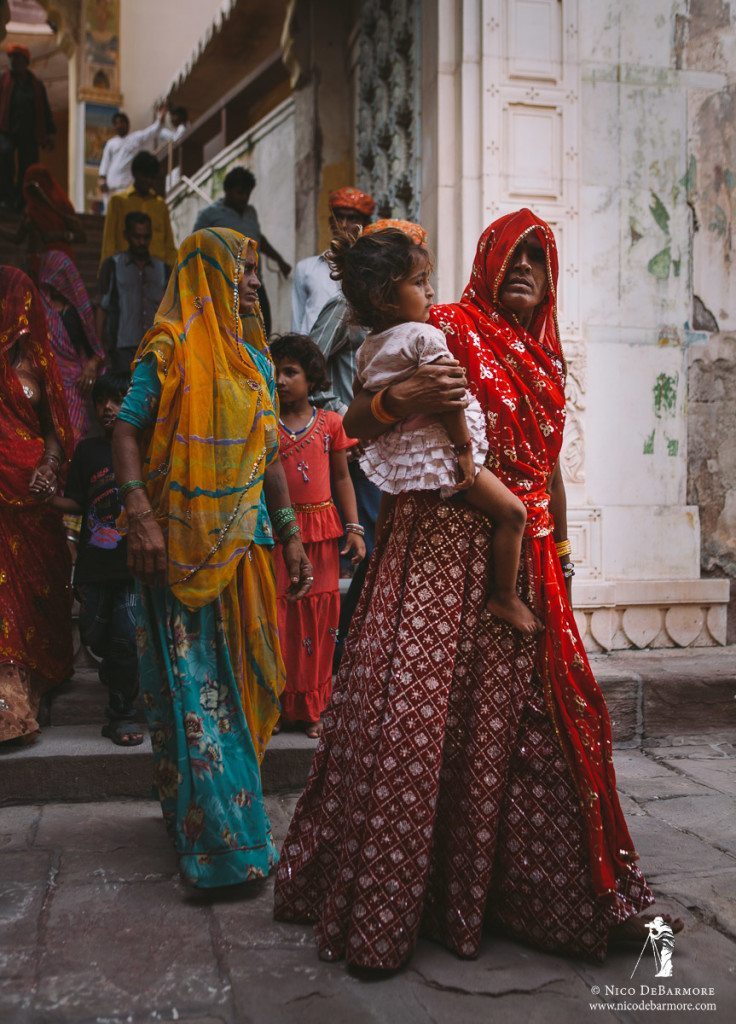
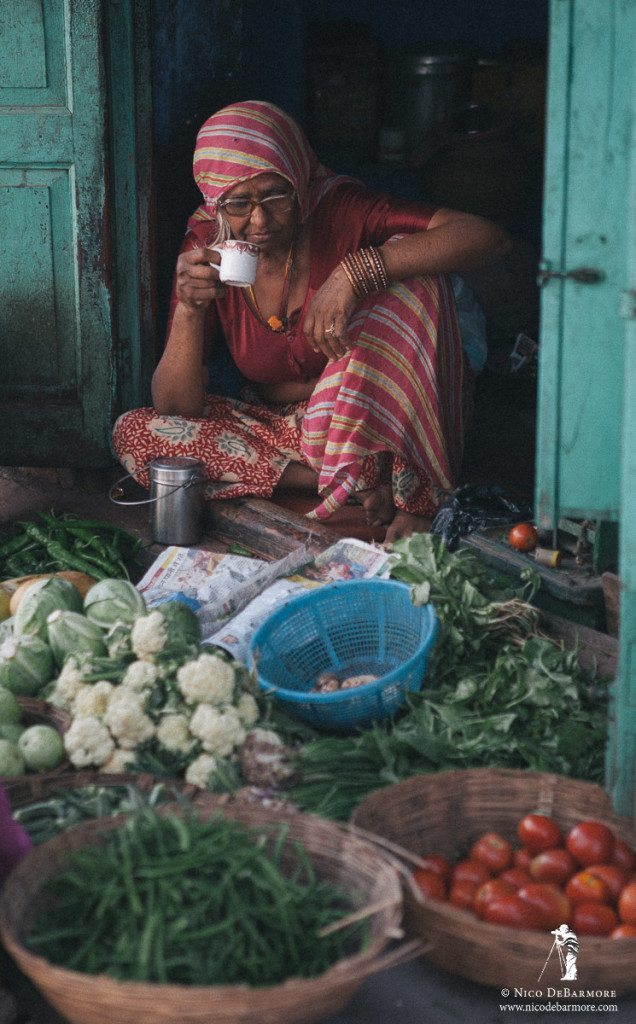
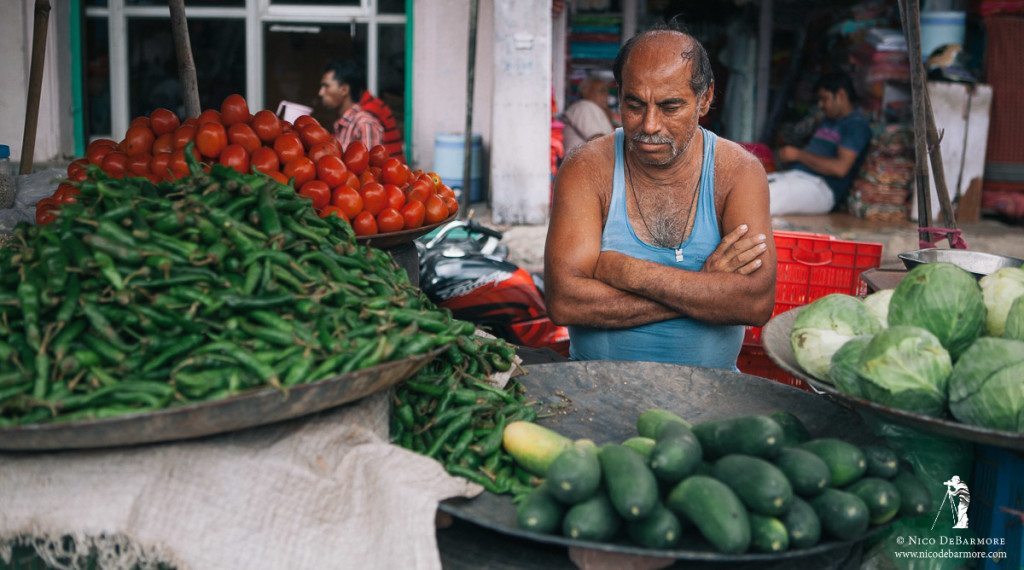
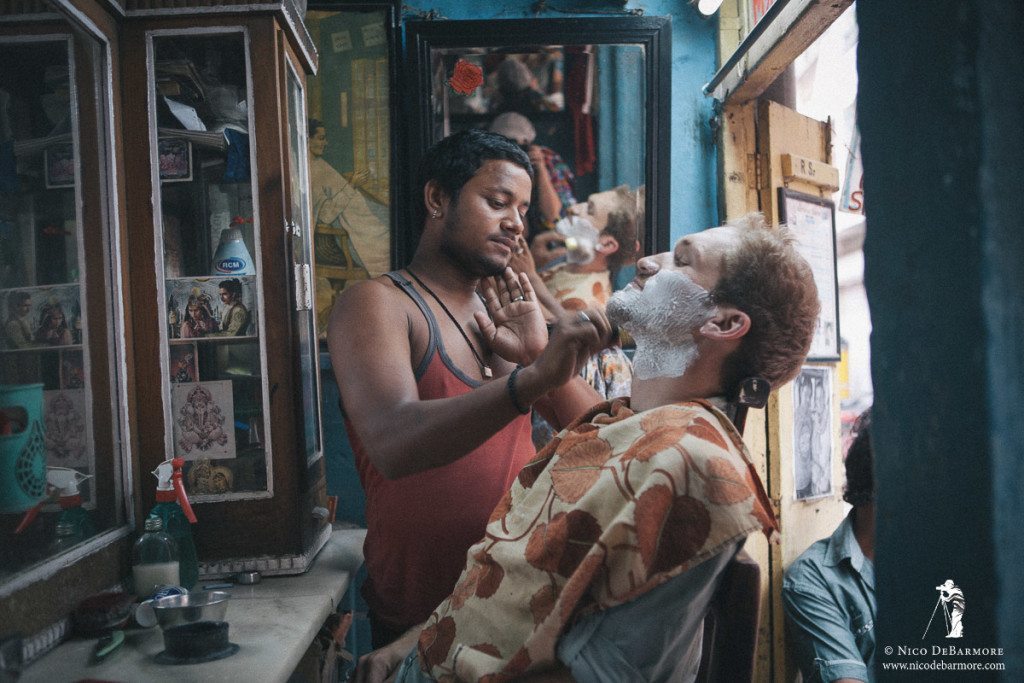
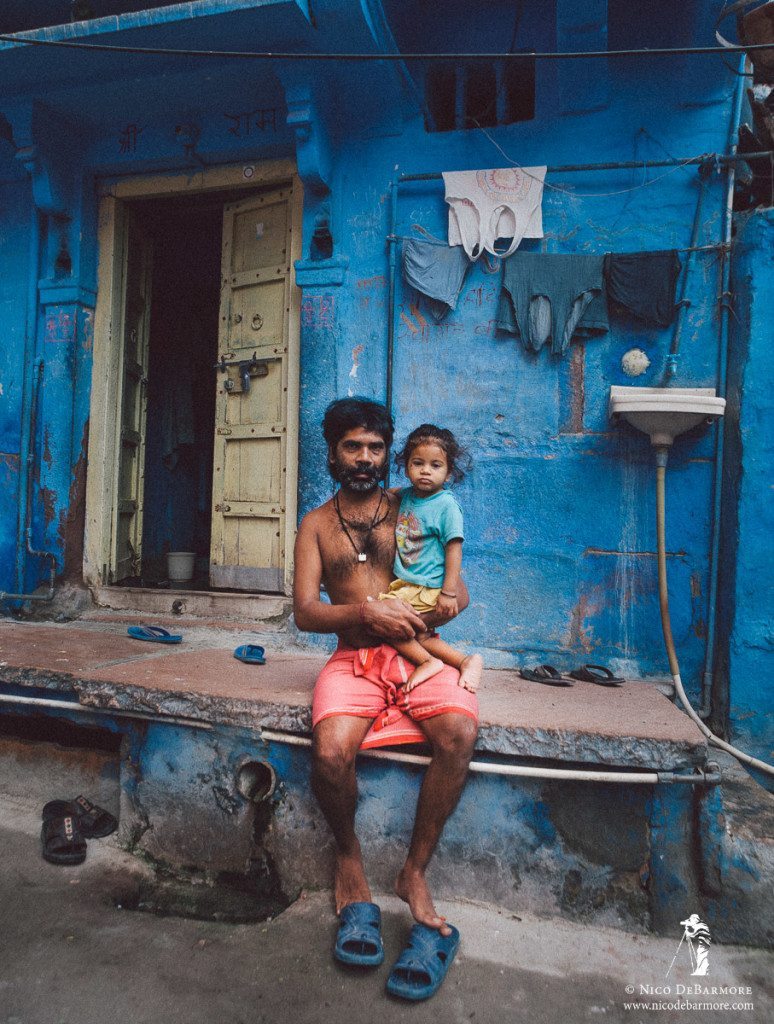
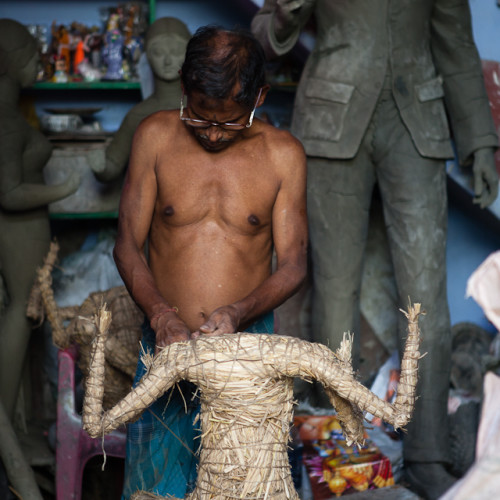
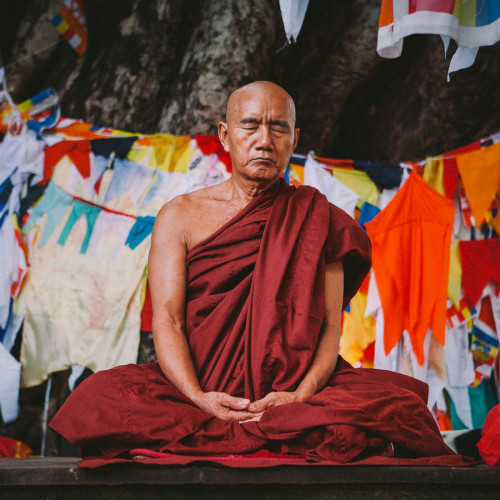
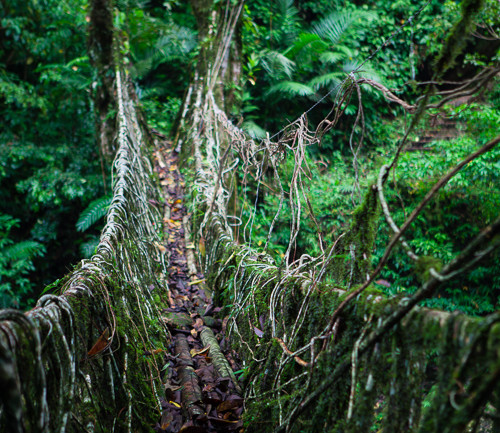
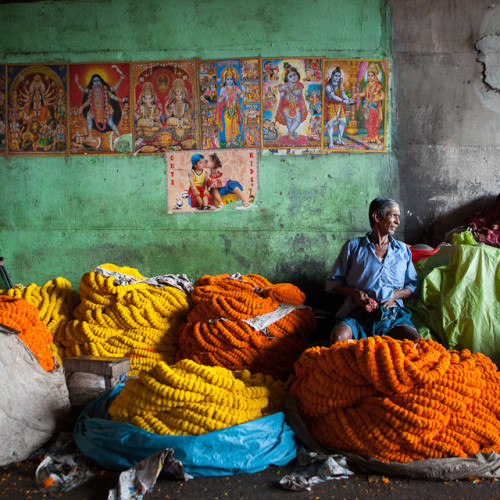
Leave a reply